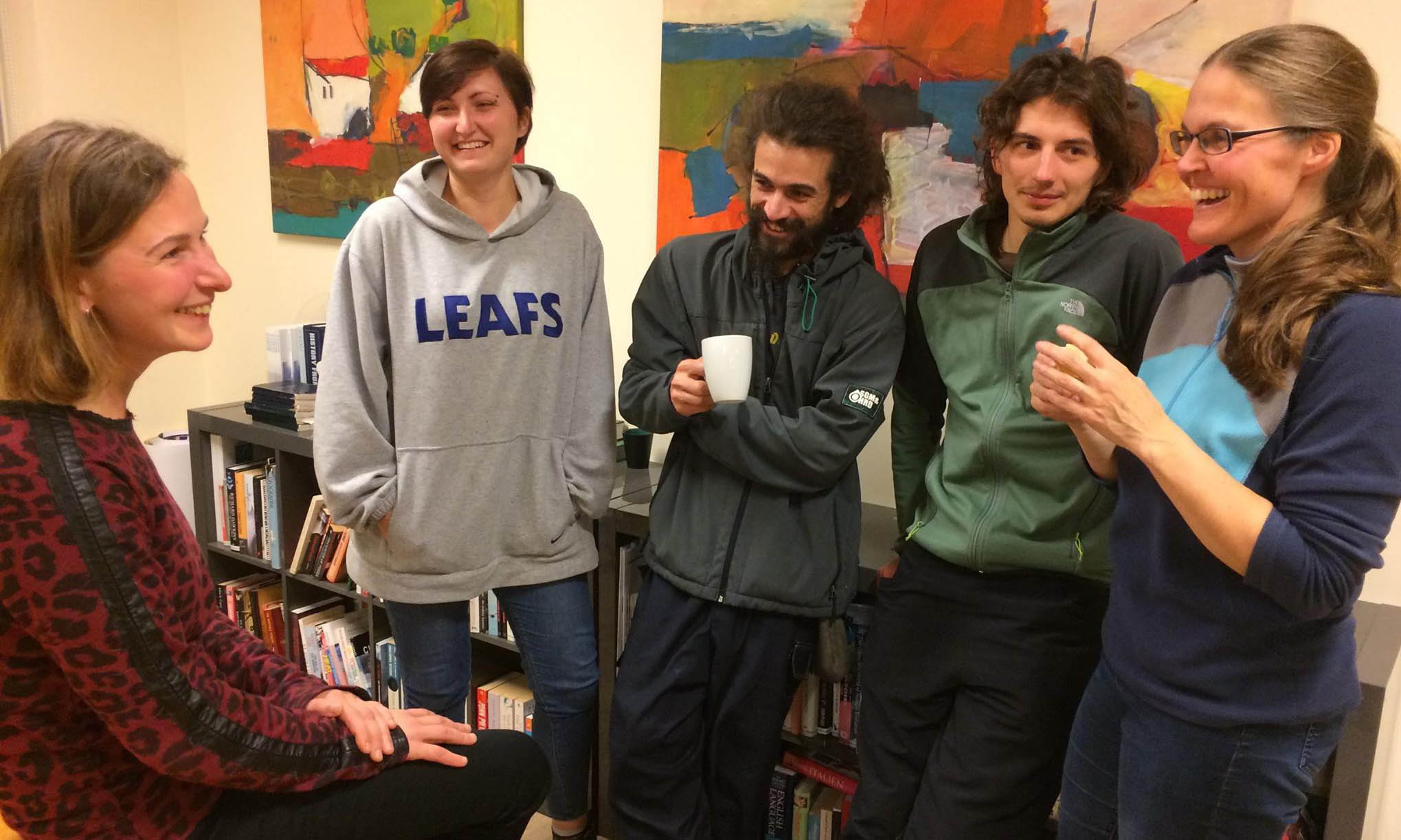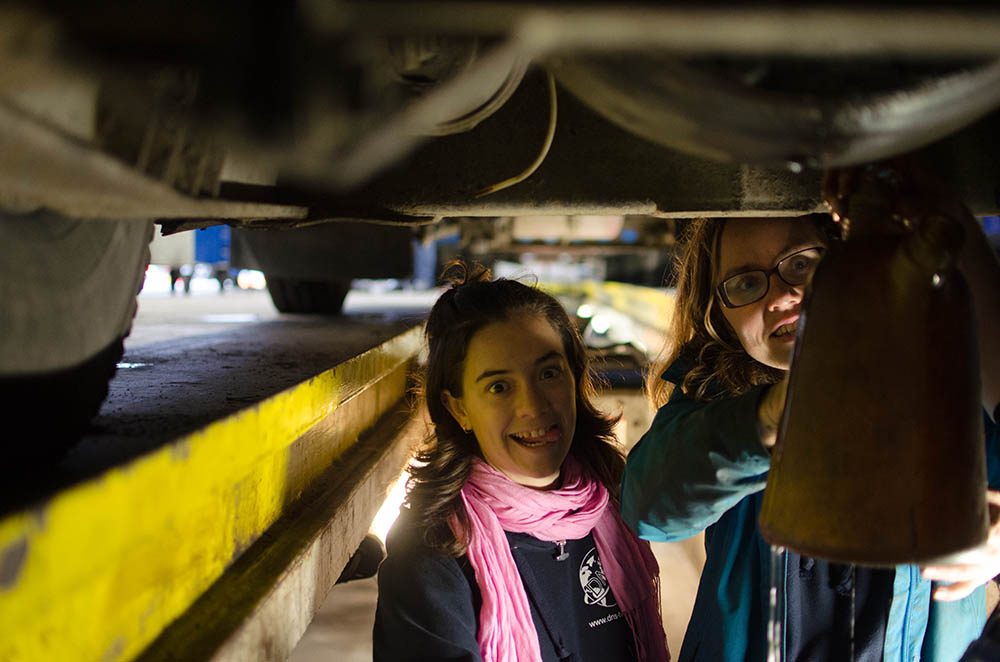IMAGE: The Bus. Our Bus.
You had never been interested in mechanics, and if something needed fixing, your father had done it, or you had called a plumber or an electrician. You were quite used to driving an ordinary car, but the mechanics of it? – well, you left that to the mechanics.
Images are written by past and present teachers at DNS
“You had changed into working clothes and were sitting in the bus for the first time, plopped down on seats in different positions. You would have to do something about those seats, so the whole team could meet in the bus comfortably. Could those bus seats be turned around and made to face each other?
A homemade bus manual
You had brought with you a copy of the school’s homemade bus manual, which was quite elaborate, containing drawings and technical descriptions of the main mechanical parts of the bus, maintenance rules, a trouble-shooting chapter, a set of driving and safety rules, and even a chapter with common-sense bus advice from students and teachers who had made the travel before you.
Becoming a bus mechanic
It was a cold and windy autumn day at Tvind. Just now, to be quite honest, you would rather be back in the warm group room with a hot cup of tea and your computer. You had never been interested in mechanics, and if something needed fixing, your father had done it, or you had called a plumber or an electrician. You were quite used to driving an ordinary car, but the mechanics of it? – well, you left that to the mechanics. Your teacher was introducing the bus course, and then you got started.
First, you went through a drawing about the engine and learned how it worked with diesel, oil and water to generate energy and motion in the bus. A couple of the boys on the team had been to a scrap yard and had brought home an old bus motor. You opened it to better understand how it worked. Then you went back to the bus to see the same functions on your own bus engine.
Afterwards, you followed the different mechanical parts to see where they were located and how they were connected, getting underneath the bus, locating the spring suspension, the brake system, the grease nipples for lubricating and the oil pan at the bottom of the engine for changing the engine oil.
Greasing? Why not.
You found yourself getting interested in spite of the cold surroundings and the unfamiliar matters at hand. When it was time to distribute the maintenance tasks, you volunteered for the greasing job, and managed to locate all the grease nipples on the bus that were indicated in the manual and give them a good dose from the grease gun.
After three days of concentrated work, you had checked the bus through and had driven it to inspection, where it passed. By now, you had a new, hands-on understanding of how this pedagogical machine worked. Before, the bus had been a thing that others worried about.
Now, it was a part of what you did, too, and you were even starting to feel a bit of affection for it. If you just fed it, maintained it, listened to it and treated it well, you were confident that it would take you to Africa and back. For an elderly lady, she was sprightly enough!”
"Images" are short descriptive texts that try to paint a picture of what life in DNS is like. They are works of fiction based on examples and experiences from real life.

Teachers' council at DNS
DNS teachers have written the “Images” to give you an idea of what life in DNS is about.

thankyou learn more meta
Thank you!You should get a booking confirmation over email.Meanwhile, feel free to explore our blogThank you!You should get a confirmation over email.Meanwhile, feel free to explore our blog




